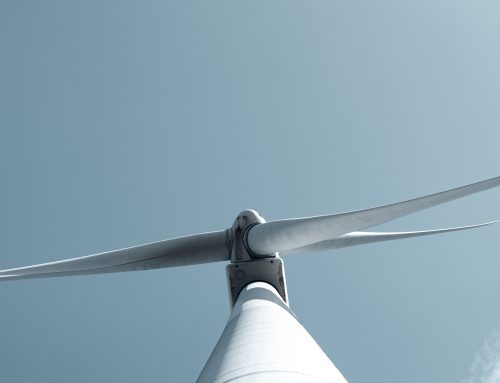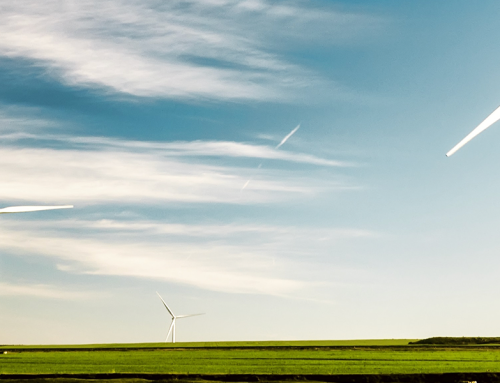If we would ask a little kid to draw up a landscape, we would probably spot them in there: turning wind turbines on green gras or in the blue sea. In the last decade the number of wind farms increased significantly, while one question remained rather unanswered: What to do with wind turbines after their end of life? What happens with those that must be decommissioned after 20-25 years of lifetime? Will this little kid draw the same picture in a few years’ time with still standing wind farms all over the place or can we find another solution for it?
No one must take this challenge alone, right?
Thinking of wind farms sadly waiting line might sound a little harsh. However, in essence, the idea behind it is fair to be asked. Decommissioning a wind farm is a complex challenge: Many stakeholders are involved and have an opinion about how to do it best (or not at all); policies and regulations guide how the process must happen; and all this needs to be planned in a timespan of decades. In fact, this little kid might be one of the adults that has to deal with the wind turbines he or she used to draw in their paintings.
One way of dealing with complex, long-term challenges is through collaboration. Through exchanging knowledge, we can accelerate the energy transition. For example, through transparently sharing which stakeholder is working on what, and what questions have thus been answered before. This saves time as the most common pitfall of sustainability challenges is: They are too big to tackle alone. Trying to do so might kick a business of the field. However, the good news is: No one must take end of life challenges of wind farms alone. We only need to know where we can find the right partners to collaborate.
To enable the best possible solution for stakeholders in the market, our Knowledge Hub is therefore focussing on 3 pillars: Matchmaking to find the right partners, the latest overviews and insights on technologies and tools for businesses to transition towards circularity.
Tinder of the Wind Industry: Finding the perfect match on our Knowledge Hub
With our matchmaking tool, stakeholders can find new partners and build long-lasting relationships (or joint ventures). While swiping right is not necessary, we nevertheless make people happy. Through being connected on an international level with other stakeholders, supply chain partners can find out who in the ecosystem is working on similar challenges and might have found an answer to a problem already. Furthermore, the company can introduce the own expertise and thus be found easily by others.
An open book: Transparency in sharing technology updates
The decommissioning industry might seem overwhelmingly complicated: tons of national & international regulations (and many more to come), uncertainty regarding social awareness & ecology, and a high investment is necessary of many stakeholders to realise decommissioning projects. Before a single vessel has left the harbour to pick up a wind turbine blade, a lot of research questions arise which take lots of time to be answered. With a database of circular recycling technology updates, our Knowledge Hub will enable stakeholders to find what they are looking for quickly, so they can themselves focus on implementing the decommissioning stage. We want to inspire the ecosystem to see advantage in transparency: If we all share a little bit more of what we have found out, we can learn from each other and collectively bring this (yet) immature market up to speed.
Thinking with the end in mind: Making Europe’s wind industry future-proof
While decommissioning challenges can be tackled together better than alone, we ideally want to have no decommissioning challenges at all. To really create a difference and have a long-term impact, it is necessary for businesses to become more circular: from the design stage to the end-of-life options. We will thus also support stakeholders to transition towards a sustainable DNA. Our motto: The more commit to a circular mind set, the better are our chances to make Europe future-proof.
Collaboration begins with more than one party, which is why we are looking for you to join this journey. Together we can determine and accelerate the end-of-life solutions for wind turbine blades. And whether our children in the future will draw wind turbines sad or happy.






